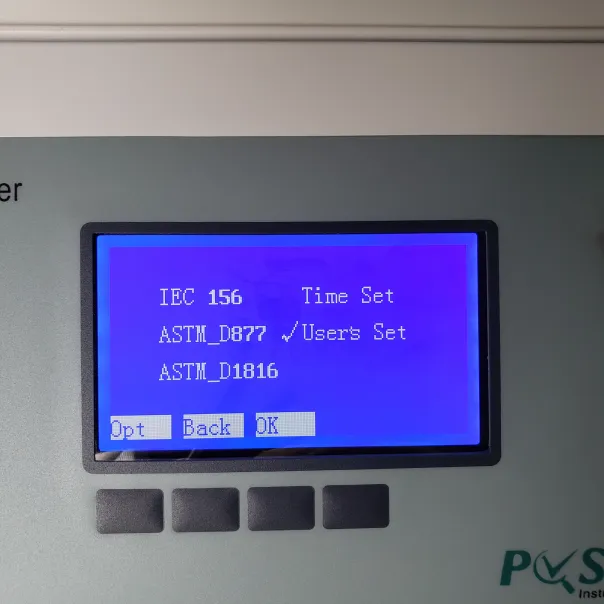 English
English


Managing Tap Changer Control for Enhanced Transformer Performance and Stability
Understanding Tap Changer Control in Power Systems
Tap changers are critical components in electrical power systems, particularly in transformers, which adjust the transformer's voltage output to control the voltage levels in the grid. The primary function of a tap changer is to maintain a constant voltage despite variations in load or input voltage, ensuring the smooth operation of the power system. This article explores the mechanisms of tap changer control, its types, operational principles, and significance in maintaining electrical stability.
Mechanisms of Tap Changer Control
Tap changers can be classified into two main types on-load tap changers (OLTC) and off-load tap changers. On-load tap changers allow for the adjustment of taps while the transformer is energized, enabling real-time voltage regulation. This functionality is crucial for preventing voltage fluctuations that can affect equipment performance and reliability in a power system.
Off-load tap changers, on the other hand, require the transformer to be de-energized for adjustments to be made. While they are simpler and less costly, they are less effective in dynamic power networks where load conditions are continuously fluctuating.
The control mechanism for tap changers typically involves an automatic system that is implemented through a control panel, which receives input from voltage sensing devices. The control system monitors the output voltage and compares it with a predetermined setpoint, making adjustments to the taps as necessary to maintain voltage within the acceptable range.
Operational Principles
tap changer control

The operation of tap changers is primarily based on the principle of electromagnetic induction, where the transformer adjusts its winding connections to change the turns ratio. This adjustment influences the output voltage in proportion to the input voltage and the load conditions. When the system detects a deviation in voltage, the tap changer engages, shifting to either a higher or lower tap position to compensate for the change.
Control strategies often include feedback loops that offer real-time data analysis, enabling quicker responses to variations in voltage. These systems are designed to minimize wear and tear on the tap changer mechanism, enhancing reliability and prolonging operational life through intelligent control logic.
Significance in Power Systems
Tap changer control plays a vital role in enhancing the stability and reliability of power systems. By ensuring that the voltage remains within desired limits, tap changers help prevent issues such as voltage sags, swell, and fluctuations that can lead to equipment damage, reduced efficiency, or even system outages.
Furthermore, with the growing integration of renewable energy sources and distributed generation, voltage management has become increasingly complex. Tap changers equipped with advanced control systems can facilitate better coordination and management of voltage levels across a more diversified energy mix, contributing to a resilient power infrastructure.
Conclusion
In summary, tap changer control is an essential element of modern electrical power systems. By enabling precise voltage regulation, tap changers ensure the efficient operation of transformers, stabilize the electrical grid, and protect sensitive equipment from voltage-related issues. As electricity demand continues to grow and the energy landscape evolves, the role of tap changers and their control mechanisms will undoubtedly become even more crucial in facilitating a reliable and sustainable energy future. Understanding these systems is fundamental to navigating the challenges of voltage management in our increasingly complex power systems.
-
Differences between open cup flash point tester and closed cup flash point testerNewsOct.31,2024
-
The Reliable Load Tap ChangerNewsOct.23,2024
-
The Essential Guide to Hipot TestersNewsOct.23,2024
-
The Digital Insulation TesterNewsOct.23,2024
-
The Best Earth Loop Impedance Tester for SaleNewsOct.23,2024
-
Tan Delta Tester--The Essential Tool for Electrical Insulation TestingNewsOct.23,2024





